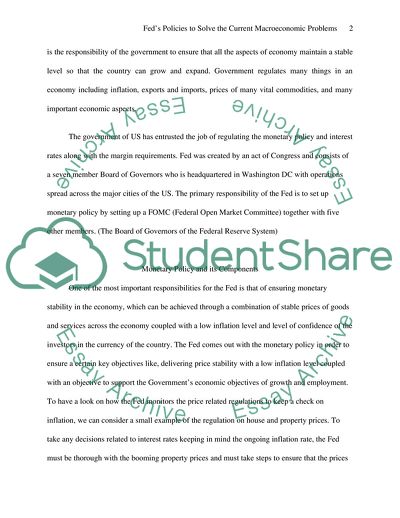Cite this document
(Feds Policies to Solve the Current Macroeconomic Problems Case Study, n.d.)
Feds Policies to Solve the Current Macroeconomic Problems Case Study. https://studentshare.org/macro-microeconomics/1710295-economics-final
Feds Policies to Solve the Current Macroeconomic Problems Case Study. https://studentshare.org/macro-microeconomics/1710295-economics-final
(Feds Policies to Solve the Current Macroeconomic Problems Case Study)
Feds Policies to Solve the Current Macroeconomic Problems Case Study. https://studentshare.org/macro-microeconomics/1710295-economics-final.
Feds Policies to Solve the Current Macroeconomic Problems Case Study. https://studentshare.org/macro-microeconomics/1710295-economics-final.
“Feds Policies to Solve the Current Macroeconomic Problems Case Study”. https://studentshare.org/macro-microeconomics/1710295-economics-final.


